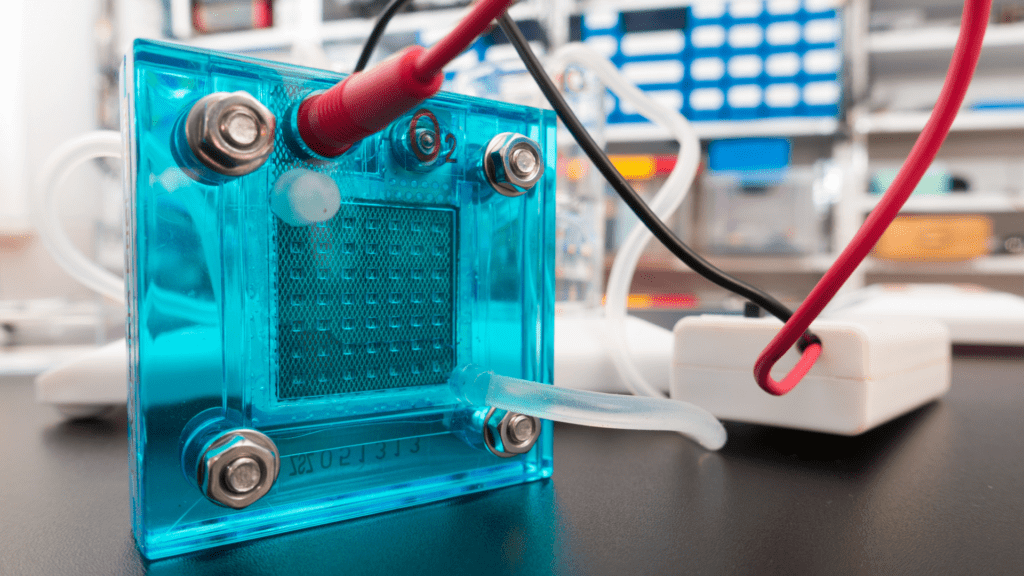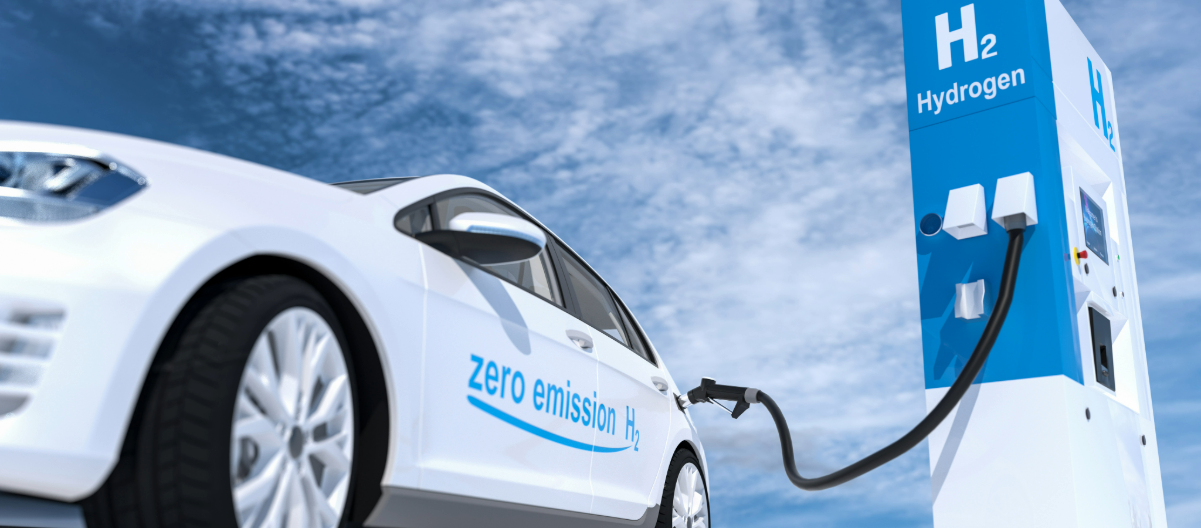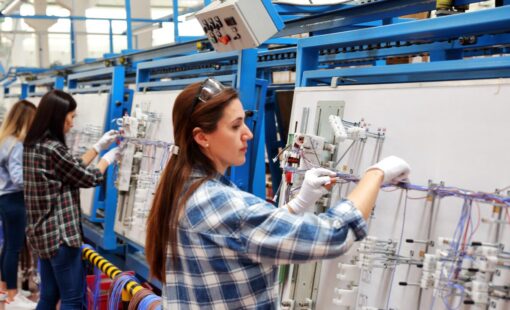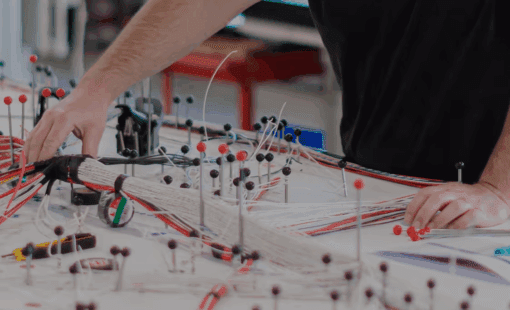Hydrogen Fuel Cell Vehicle Adoption Challenges
For more than a century, the combustion engine was the undisputed technology for automotive transport. It was not until the early 1970s, when supply shortages in the wake of the Yom Kippur War in the Middle East brought the traffic on European roads to a standstill at least for a few Sundays, kicking off a price spiral that continues to this day, and making it clear that things could not go on like this forever.
But soon the supply situation normalised again, and the world continued to rumble, rattle and hum as if there was no tomorrow. It wasn’t until the turn of the millennium, when the first oil wells began to dry up and controversial methods such as fracking had to be used to secure further supplies, that people started to think seriously about alternatives for more environmentally friendly energy sources again.
Electric Cars Gain Momentum
After some tentative beginnings, which were initially viewed with a condescending smile by the established car manufacturers, the first battery-powered vehicles gradually appeared on our roads. It took until the emissions scandal of 2014 and growing concerns about global warming that the tide gradually turned in favor of electric cars.
In fact, the electric car has good arguments on its side: firstly, BEVs neither consume petrol nor produce exhaust fumes, which makes them an environmentally friendly powertrain option. Secondly, electric vehicles are becoming cheaper and more practical, making them increasingly attractive to consumers. And thirdly, the maintenance costs of battery-powered vehicles are much lower because their drive system is less complex than a comparatively complicated internal combustion engine.
And finally, governments around the world have been incentivising consumers to buy electric vehicles to encourage their uptake.
Limitations of Battery-powered Vehicles
What remains, however, is the as yet unresolved disadvantage in the form of shorter ranges and longer battery charging cycles. The resources needed for the production of lithium-ion batteries are also an issue that is not without controversy, as the mining of the minerals required for production is considered harmful to the environment and health – and is often associated with human rights violations such as child labor or forced labor.
In the discussion around the substitution technologies for the internal combustion engine, the fuel cell vehicle (FCV) is frequently mentioned as an alternative to the battery electric vehicle. A fuel cell produces energy in a chemical reaction between hydrogen stored in a pressurized container and oxygen taken from the air which can be used to drive an electric motor and could therefore be easily recharged by filling the hydrogen container in the accustomed gas station. They don’t produce polluting emissions either, as the product of the chemical reaction between hydrogen and oxygen is plain, clear water (H2O).

Is the Hydrogen Fuel Cell a Sustainable Alternative to Electric?
Unfortunately, the fuel cell is not yet enjoying widespread acceptance in the automotive industry – apart from a handful of exotic offerings such as the Honda FCX Clarity, the Toyota Mirai, and the Hyundai Nexo, most of which have been offered only on a leasing basis and at a price that was in no way competitive with “conventional” electric vehicles.
To help the fuel cell to break through, two things are needed most of all: firstly, a widespread filling station network – but converting the existing filling stations is expensive. Secondly, the durability of fuel cell systems, especially in some temperature and humidity ranges needs to be improved. On-road fuel cell stack durability is currently about half of what is needed for commercialization. Over the past few years, on-road fuel cell stack durability has increased substantially (from 29,000 miles to 75,000 miles), but experts believe FCVs must achieve a 150,000-mile expected lifetime to compete with gasoline vehicles.
The Potential of Hydrogen as a Clean and Sustainable Energy Source
But research continues unabated. It is driven by specialised start-ups such as GreenGT, based in Collombey-Muraz in the French-speaking part of Switzerland. GreenGT operates in the fields of mobility and hydrogen energy systems. It designs fuel cell systems and develops drive systems for high-performance hydrogen electric vehicles. To rapidly develop the electrical systems of the prototypes, GreenGT relies on E3.series from Zuken.






